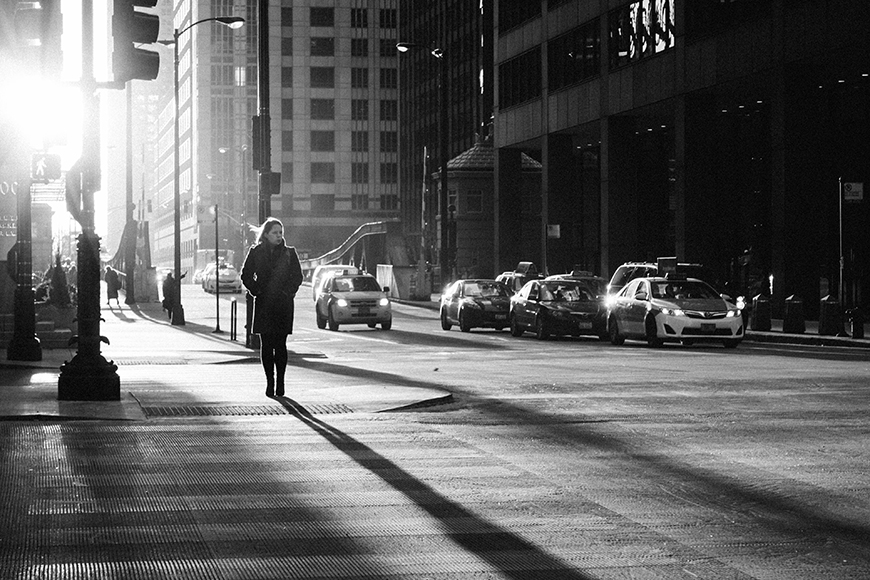Get This Report about Street Photographers
Table of ContentsThe 8-Minute Rule for Street PhotographersGetting The Street Photographers To WorkThe Best Guide To Street PhotographersThe Street Photographers IdeasOur Street Photographers PDFs
A category of digital photography that records everyday life in a public location. The actual publicness of the setup makes it possible for the photographer to take honest images of complete strangers, frequently without their understanding. Road digital photographers do not necessarily have a social purpose in mind, yet they prefer to separate and catch moments which might or else go undetected (Street Photographers).Though he was affected by a number of those who affected the street professional photographers of the 1950s and '60s, he was not mainly curious about capturing the spirit of the street. The impulse to visually record people in public began with 19th-century painters such as Edgar Degas, douard Manet, and Henri de Toulouse-Lautrec, that worked side by side with professional photographers attempting to record the significance of metropolitan life.
Because of the somewhat primitive innovation readily available to him and the lengthy direct exposure time called for, he struggled to record the stress of the Paris roads. He try out a collection of photo methods, attempting to find one that would permit him to catch movement without a blur, and he located some success with the calotype, patented in 1841 by William Henry Fox Talbot. In comparison to Atget, photographer Charles Marville was worked with by the city of Paris to develop an encyclopaedic paper of Haussmann's urban preparation job as it unravelled, hence old and brand-new Paris. While the professional photographers' subject was essentially the exact same, the outcomes were substantially different, showing the effect of the professional photographer's intent on the personality of the pictures he created.
Given the fine quality of his pictures and the breadth of material, designers and musicians commonly got Atget's prints to use as referral for their own work, though commercial interests were rarely his main inspiration. Instead, he was driven to picture every last residue of the Paris he enjoyed. The mingled passion and necessity of his objective sparkle through, leading to photos that tell his own experience of the city, qualities that expected street digital photography of the 20th century.
The 4-Minute Rule for Street Photographers
They reveal the city with his eyes. His work and essential understanding of photography as an art type offered as motivation to generations of photographers that complied with. The future generation of street professional photographers, though they likely did not refer to themselves because of this, was ushered in by the photojournalism of Hungarian-born digital photographer Andr Kertsz.
Unlike his peers, Brassa made use of a larger-format Voigtlnder cam with a longer direct exposure time, compeling him to be much more computed and thoughtful in his technique than he may have been if making use of a Leica. (It is thought that he may not have actually had the ability to manage a Leica at that time, yet he did, nevertheless, utilize one in the late 1950s to take colour photos.) Brassa's pictures of the Paris abyss illuminated by fabricated light were a revelation, and the collection of the collection that he released, (1933 ), was a significant success.
Cartier-Bresson was a champ of the Leica electronic camera and one of the very first photographers to optimize its capabilities. The Leica allowed the professional photographer to connect with the environments and to catch minutes as they happened. Its fairly little size also assisted the digital photographer discolor into the background, which was Cartier-Bresson's favored technique.
All About Street Photographers
It is due to this essential understanding of the art of photo taking that he is typically attributed with discovering the tool all over again approximately a visit homepage century considering that its creation. He took photos for greater than a half century and affected generations of digital photographers to trust their eye and instinct in the moment.
These are the questions I shall attempt to answer: And afterwards visit their website I'll leave you with my very own definition of road photography. Yes, we do. Allow's begin with defining what a definition is: According to (Street Photographers) it is: "The act of specifying, or of making something precise, unique, or clear"
No, absolutely not. The term is both restricting and misdirecting. Seems like a street digital photography must be pictures of a roads ideal?! And all road digital photographers, other than for a small number of outright newbies, will completely value that a street is not the vital part to road photography, and in fact if it's an image of a road with maybe a few boring individuals doing absolutely nothing of interest, that's not road photography that's a picture of a road.
Little Known Questions About Street Photographers.
He makes a legitimate factor do not you assume? While I agree with him I'm not certain "honest public digital photography" will certainly catch on (although I do kind of like the term "candid digital photography") because "road photography" has actually been around for a lengthy time, with many masters' names attached to it, so I believe the term is here Recommended Reading to stay (Street Photographers).
Inside?! I hear you yell as you tremble your hand to the sky. Why not? You can shoot at the beach, at a celebration, in an alley, in a park, in a piazza, in a coffee shop, at a gallery or art gallery, in a metro station, at an event, on a bridge, under a bridge ...

An Unbiased View of Street Photographers
